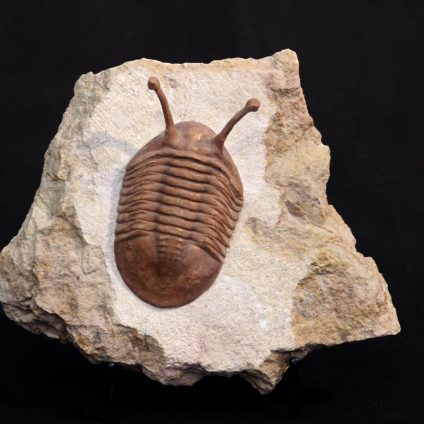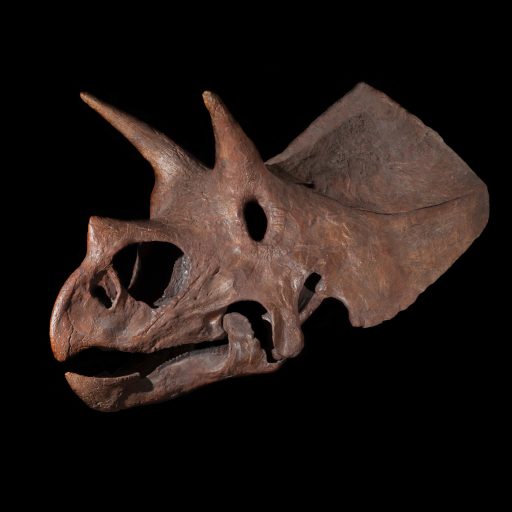A fossil is the preserved remains or traces of ancient organisms that lived long ago. Fossils can be bones, shells, teeth, footprints, or even impressions left in sedimentary rock. They provide important clues about past life on Earth and the environments in which these organisms lived.
Fossils form through a process called fossilization, which begins when an organism dies and its remains are buried by sediment such as mud, sand, or volcanic ash. Over time, minerals in the surrounding sediment seep into the remains, gradually replacing organic materials like bone or wood with rock-like minerals. This process preserves the structure of the organism, sometimes down to the cellular level.
There are different types of fossils, each revealing unique aspects of ancient life. Body fossils are the preserved remains of an organism’s actual body parts, such as bones, teeth, and shells. Trace fossils are indirect evidence of ancient life, including footprints, burrows, and fossilized dung (coprolites), which provide insights into behavior and interactions between organisms.
Fossils are typically found in sedimentary rock layers, which form as sediment accumulates over time and compresses into solid rock. Paleontologists study fossils to reconstruct past ecosystems, understand evolutionary processes, and trace the history of life on Earth. For example, fossils of dinosaurs and other prehistoric animals have helped scientists learn about their anatomy, behavior, and relationships to modern species.

